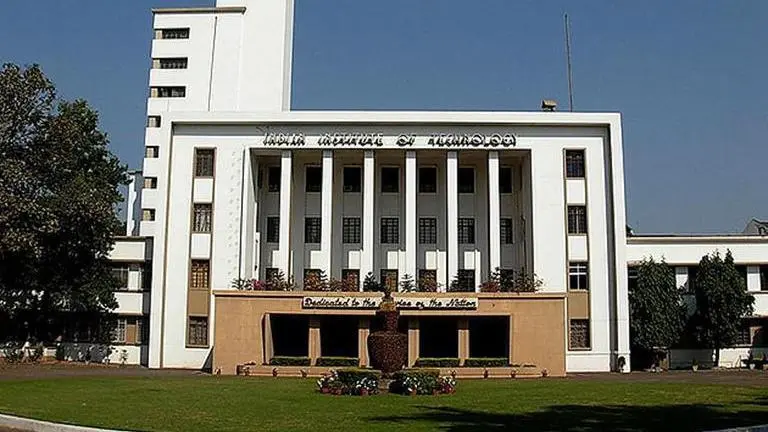Updated 7 February 2020 at 11:40 IST
IIT Kharagpur study issues big 'urban heat islands' warning for Indian cities; read here
Researchers from the IIT Kharagpur has found that most cities in the country are turning into "urban heat islands" in all seasons during day and night.
- India News
- 2 min read

A team of researchers from the IIT Kharagpur has found that most cities in the country are turning into "urban heat islands" in all seasons during day and night, officials said.
In their study, researchers from the Centre for Oceans, Rivers, Atmosphere and Land Sciences (CORAL) of the IIT-KGP and its Architecture and Regional Planning department showed that most big cities in the country with population more than one million have recorded rise in mercury level during daytime while showing an increasing trend in the night hours.
The study, 'Anthropogenic forcing exacerbating the urban heat islands in India', noted that the relatively warmer temperatures in urban areas, compared to suburbs, have potential health hazards due to heat waves apart from pollution, an IIT KGP statement said on Friday.
"Our research is a detailed and careful analysis of urban heat islands of India, which is the difference between urban and surrounding rural land surface temperatures, across all seasons in 44 major cities from 2001 to 2017," Professor Arun Chakraborty, one of the researchers, said.
Advertisement
He further said, "For the first time, we have found evidence of mean daytime temperature of Surface Urban Heat Island (UHI Intensity) going up to 2C for most cities, as analysed from satellite temperature measurements in monsoon and post-monsoon periods."
In Kolkata, Pune and Guwahati where the urban areas are surrounded by large green cover in suburban regions, there is "an enhanced cooling effect on surface" in suburban areas during daytime as against cities in arid regions, the researchers said.
Advertisement
"Evidence from our study suggests that more green spaces within the city and its boundary could reduce the temperature in the city and its neighbourhood,"co-author of the paper Prof. Jayanarayanan Kuttippurath said.
Conservation and expansion of green areas, and preservation of water bodies in and around cities could be an effective strategy to curb the effects of urban heat islands, he said.
The construction of buildings and infrastructure with eco-friendly materials could also prove to be crucial to mitigate the effects of heat islands, he said.
Published By : Press Trust Of India
Published On: 7 February 2020 at 11:40 IST
